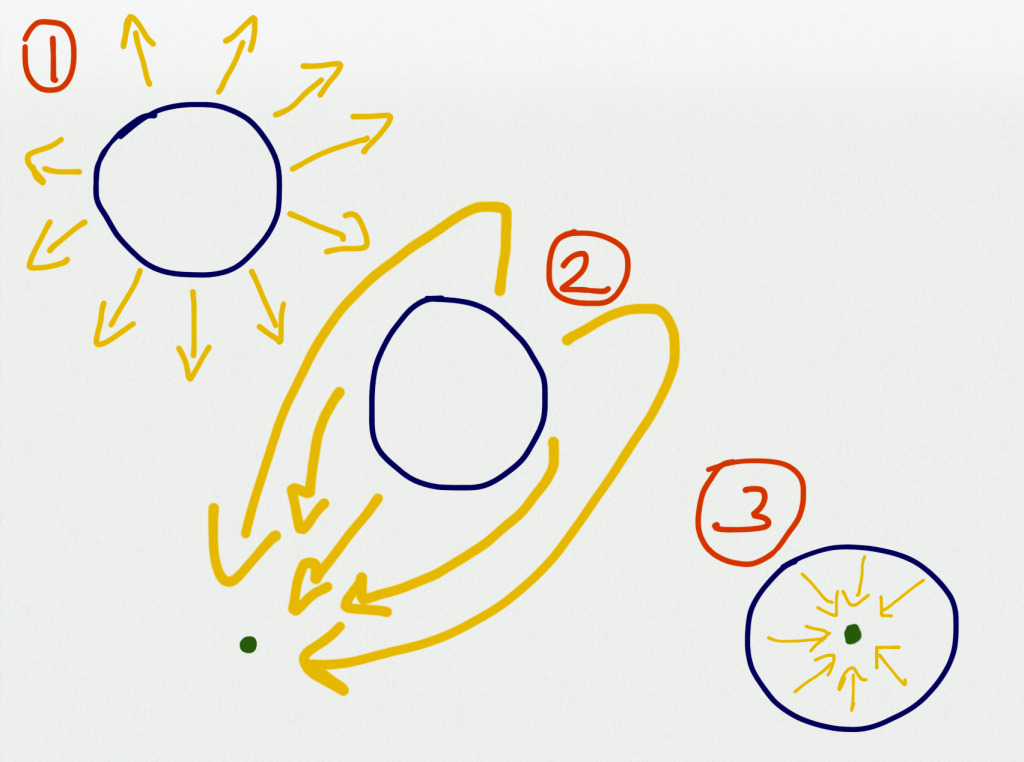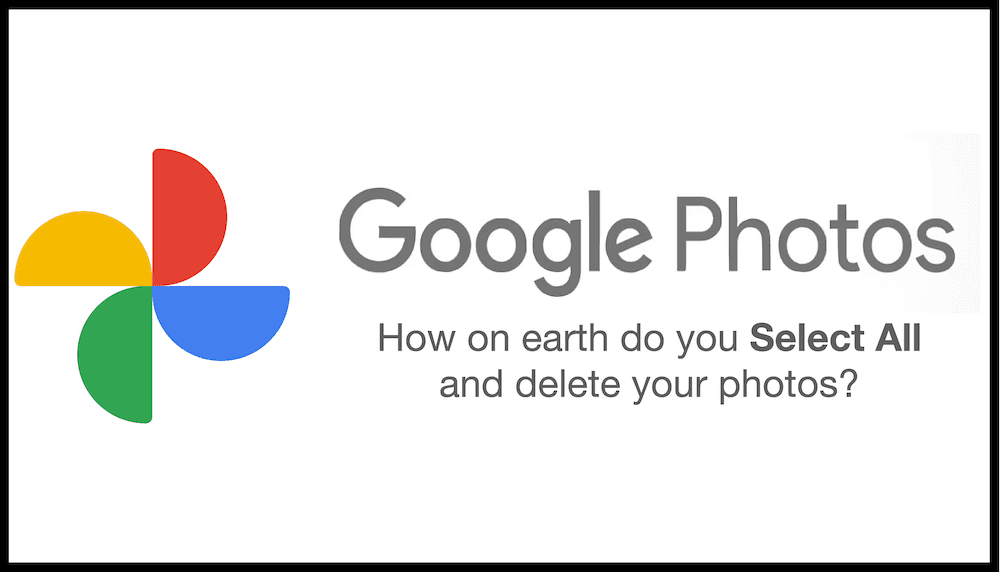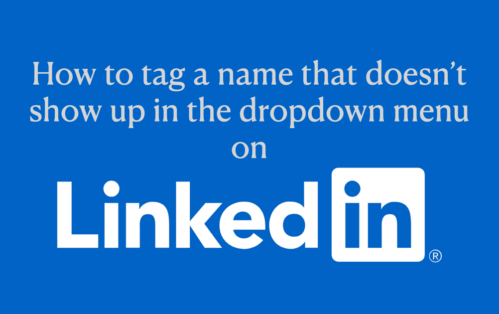The “idea” of customer centricity is typically rather desirable. Many companies have used the words “customer centric” sprinkled into their annual report. [Is being Customer Centric truly desirable?] The concept may be repeated in executive meetings. However, more often than not, I believe that the customer hardly knows it or feels the difference. There are, fortunately, some cases where the concept is more than a pipe dream (Amazon, Starbucks…). However, for the remainder, the issue is moving from idea to reality. While some companies eschew or ignore the choice (e.g. ‘because we know better’), for most, there is a very urgent need at least to move along the continuum towards customer centricity. Why? Because whether it is sales or marketing, there is an immediacy to the customer relationship that was not around before. Digital technology has made the time lag shrink inexorably to “now.” Customers are evolving. They are simultaneously less trusting and more demanding. And, for the salesperson or the customer service representative who are on the front line, the need is to be able to coordinate the knowledge of and around the customer, to provide the optimal experience.
3 types of orientations
I like to categorize companies into three types:
- spray and pray (aka the broadcaster — more worried about “me, me, me”)
- en route (i.e. trying to focus on the customer)
- in the middle. The customer is considered as a singular person by the entire company.
How to become customer centric?
The move from 1 to 2 is already a good thing. But, the consequence for the customer can feel a little irksome. It’s like calling customer service and being passed from one person to another and having to repeat each time the nature of your call. The move from 2 to 3 is a whole other ball game and requires true change within the organization.
I think of the process of moving toward customer centricity in three stages.
- Definition. In the bigger picture, this means defining who you are. What do you stand for? This process requires refining what (and why) is the brand as well as the customer. Who, where & when the customer is. Then, one needs to define what is the product & service that the company or brand is wishing to provide (and how that is superior and/or different to what is on the market).
- Organization. How should the organization evolve to cater to these customers? I like to believe that it should start with considering the employee as the first customer and fan of the brand.
- Resources. The rubber hits the road with the resources. Is the team the right one? Are the values shared and is the attitude the right one? And, finally, the tangible issue of budget. Whereas most companies will create their projected budget on the basis of the past results, the challenge is finding a way to reconfigure even the P&L to reflect the new reality.
How do you react? Which brands are exhibiting great customer centricity?












Definitely, the customers are increasingly doubting the sales pitch and marketing messages, wary of new proposals. Recently, at a retail bank, I asked the sales person why he was offering a product free of charge, no strings attached, he replied: simply to restore confidence.
Definitely, the customers are increasingly doubting the sales pitch and marketing messages, wary of new proposals. Recently, at a retail bank, I asked the sales person why he was offering a product free of charge, no strings attached, he replied: simply to restore confidence.
Hello Minter,
Nice one as always 🙂
In a conference, Jean Marc Tasseto, ex Google France CEO, told me that more than one person responsible of the customer in an organisation is already a problem.
A unique person because the customer sees himself very unique 🙂
A COMEX person because the customer is the hidden wealth and untapped asset of your company (see Bill Lee book). In a 7 billions creators, shops, medias, customers wild wide world, your customer is your media, salesman, advocate, watcher and innovator (as I developped it in my digital marketing course 😉 )
To create a Chief Customer Officer, reporting to CEO, would be the first move I'd make to change the organisation. That is, for example, the role of Thina Cadierno, Strategic marketing and client director, FNAC.
See you.
Frédéric
PS : Your drawing is very clear. To be totally Apple-like, you should try "Paper by FiftyThree"
My recent post Faites de la veille active.
Hello Minter,
Nice one as always 🙂
In a conference, Jean Marc Tasseto, ex Google France CEO, told me that more than one person responsible of the customer in an organisation is already a problem.
A unique person because the customer sees himself very unique 🙂
A COMEX person because the customer is the hidden wealth and untapped asset of your company (see Bill Lee book). In a 7 billions creators, shops, medias, customers wild wide world, your customer is your media, salesman, advocate, watcher and innovator (as I developped it in my digital marketing course 😉 )
To create a Chief Customer Officer, reporting to CEO, would be the first move I'd make to change the organisation. That is, for example, the role of Thina Cadierno, Strategic marketing and client director, FNAC.
See you.
Frédéric
PS : Your drawing is very clear. To be totally Apple-like, you should try "Paper by FiftyThree"
My recent post Faites de la veille active.
Hello Frederic,
I agree. To start by having a single person "Chief Customer Officer" responsible for the customer experience, reporting into the CEO, can certainly be a good way to initiate the change. Having the CEO "walk the talk" is a pre-requisite; he/she must provide clear guidelines that, in my opinion, should include the ability to "call" the CEO on more profit-centric or product-centric behavior or reflexes. Then, the issue is having the customer centric philosophy embedded throughout the organization. That CCO needs to be motivated to work him or herself out of job!
Hello Frederic,
I agree. To start by having a single person "Chief Customer Officer" responsible for the customer experience, reporting into the CEO, can certainly be a good way to initiate the change. Having the CEO "walk the talk" is a pre-requisite; he/she must provide clear guidelines that, in my opinion, should include the ability to "call" the CEO on more profit-centric or product-centric behavior or reflexes. Then, the issue is having the customer centric philosophy embedded throughout the organization. That CCO needs to be motivated to work him or herself out of job!